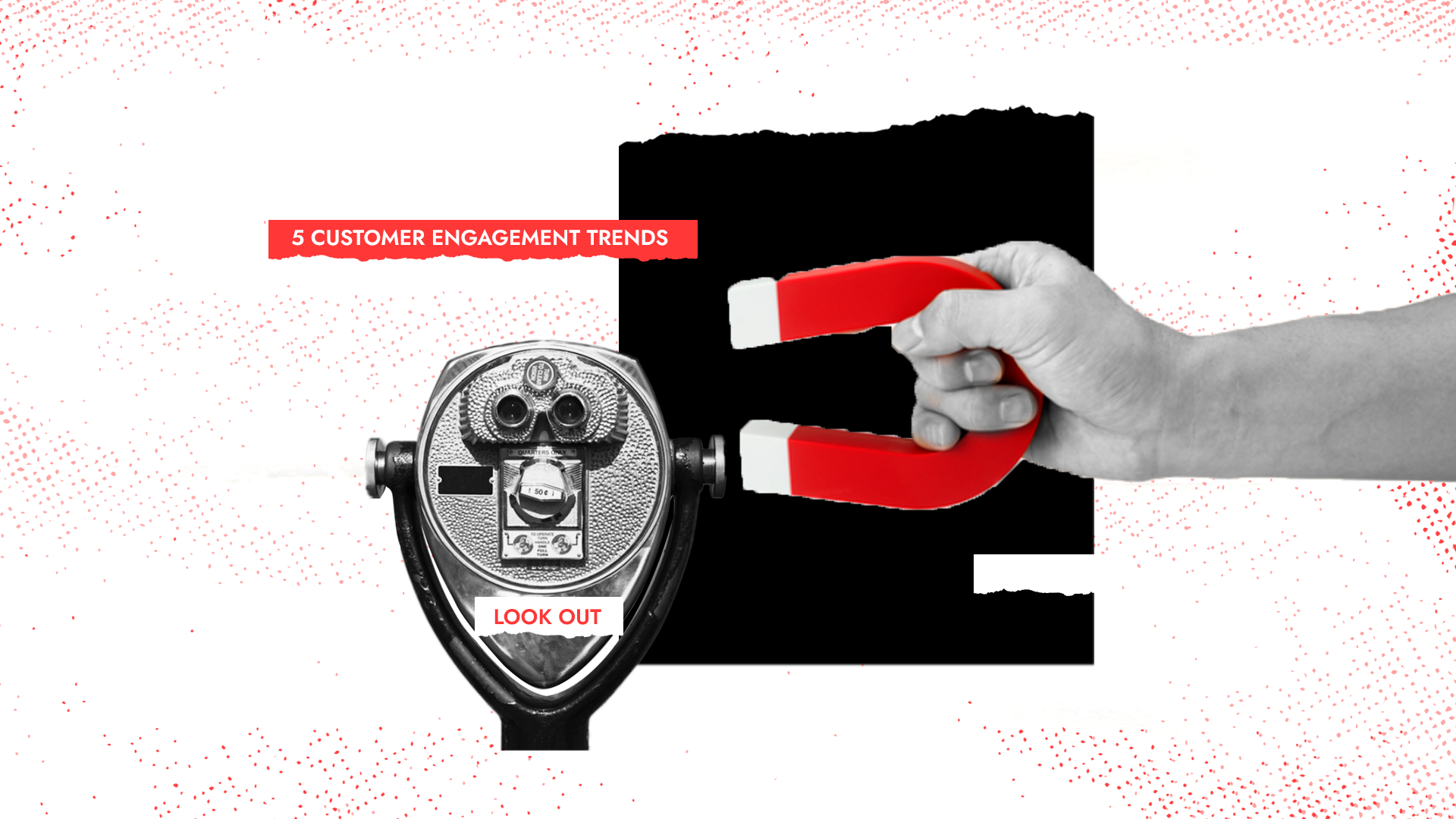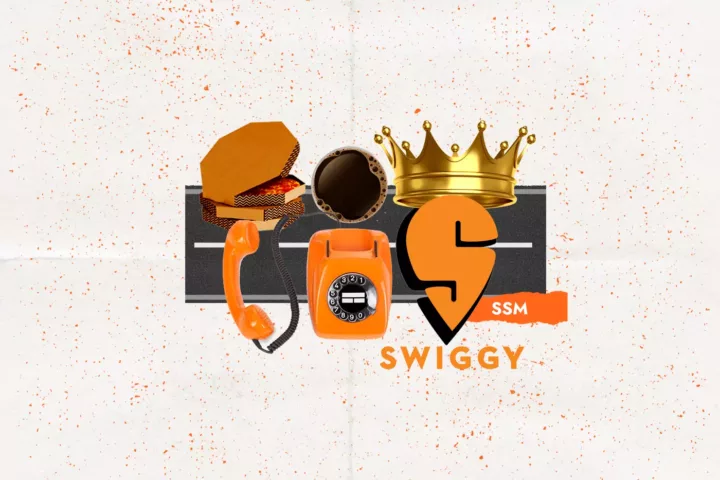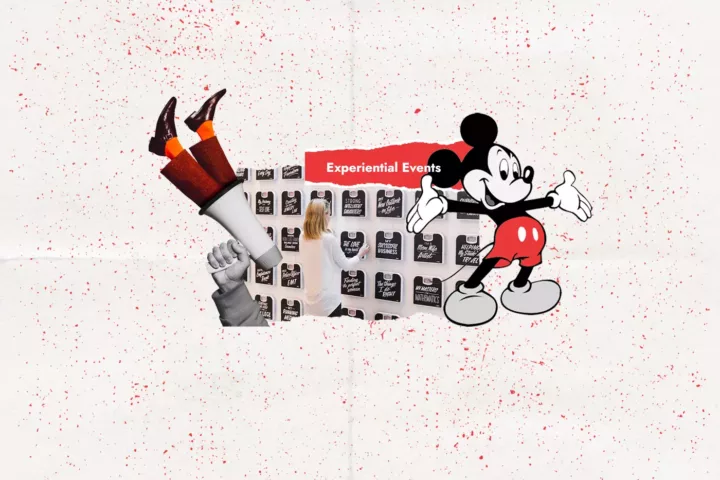2020 has been difficult. For consumers and marketers. When the fear of ‘touch’ dominated the society at large, organizations were troubled with prioritizing the broadcast of safety protocols that were suppressed for long. Marketers had to re-think their business operations and whole new possibilities (or trends) of improving customer experience came into the spotlight.
While some organizations have been lazy to adapt to these trends, the smarter ones have already aced the game. Organizations have leveraged the use of technology (more than before) to provide a seamless customer experience across all channels. If you are searching for the trends to facilitate customer engagement, you are at the right place. This article covers 5 such customer engagement trends that your marketing team needs to look out for in 2021.
Safety – Protection – Sanitization – Privacy
As the world progresses towards vaccination, the danger has not yet submerged and we have become more cautious about our safety than ever before. Evidently, consumers will want to connect with brands that ensure safety and sanity in their production process. Drafting safety protocols that align with consumer requirements is a mandate. Note: safety not only means physical safety (of course that is important) but also online safety. As cybersecurity issues are at their peak, you need to ensure a robust data privacy structure.
And then there’s transparency – the word-of-the-mouth of consumers. Consumers will want to provide you their information if they have enough trust in you. Informing your audience about the purpose of taking their data and building a robust data governance structure is good enough to convince your audience.
Take a look at this example from Apple’s website.

Source: Apple.com
Hyper-personalization with AI
Mckinsey determines personalization to be the prime driver of marketing success. And what can be more intriguing than your brand being more human to your audience and pressing their pain points at the optimal time. And the factor that makes personalization a success is data (stored in your CRM). Create buyer personas to guide your content. Also, utilizing automation tools can help to send trigger emails and notifications following certain actions taken by the users.
Another innovation of AI is chatbots (they have been around for a long but are more in use now) and marketers have effectively leveraged them in providing a seamless customer experience. These AI-powered bots are available 24/7, provide quick and immediate solutions to customer queries, recommend new products and services, notify sales announcements, and can also help in improving customer experience based on customer data. AI has brought about a new era in marketing and this is the right time to leverage technology in marketing.
This bot from Grubhub provides a soothing visual appeal and caters to the needs of the consumers.

Source: Grubhub.com
The shift from multichannel to omnichannel marketing
Both strategies focus on an assortment of multiple channels to reach potential customers but have different approaches. While multi-channel businesses put the channel at the center, omnichannel businesses put the customers at the center. It is a common consumer behavior to hop between channels while shopping (even between shops). To ensure customers a seamless and unified shopping experience, marketers have adopted omnichannel marketing, providing consistent support at all touchpoints.
Disney’s omnichannel marketing strategy is the best lesson for marketers out there. The website and app are the main two channels before experiencing Disney World, which later becomes the guide once entered. The next big thing is the magic wristbands provided to each family member which is also the key to the room, a ticket to the part, and the primary payment method while inside the park.

Source: My Customer
Video content is the king
Yes, it is. And this is evident from the fact that YouTube is rewarded as the second largest search engine (after Google). More than 500 hours of video are watched on YouTube every day. Witnessing the potential of video content, marketers have made videos central to their marketing strategy. Product tutorials, FAQs, customer testimonials, behind the scenes, and work culture- are some ideas you can incorporate in your video content. What’s more- you can use visual engagement tools to guide your customers and enhance their shopping experience.
This mouth-watering video by Tasty sets a really cool example for video marketers.
Source: YouTube
Sharing values
Discounted products, free shipping, mobile-friendly website – is alright, but not all. With social and environmental issues re-surfacing, consumers want to align their values with purchase. So, they tend to gravitate towards brands that are value-oriented and support a social cause. Your organization’s principles hold great value to consumers and they are more likely to purchase from you than an organization with no values. This behavior is grounded by the principle that the consumers get their desired product and at the same time contribute to a worthy cause.
Starbucks has always been a step ahead in promoting racial and gender diversity at the workplace. The brand’s commitment has earned its loyal followers through the years.

Source: Starbucks Stories
This, however, is not the end. Humans are dynamic creatures undergoing continuous evolution. And keeping pace with their demands is the mandate of marketers. A seamless customer experience will keep you an edge over your competitors and drive brand loyalty.




